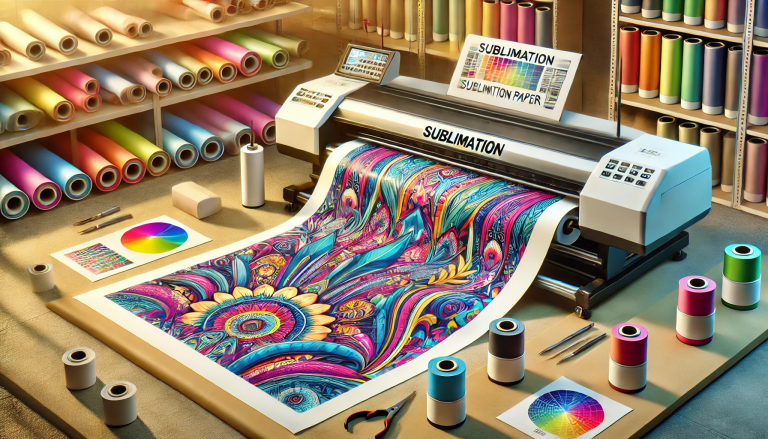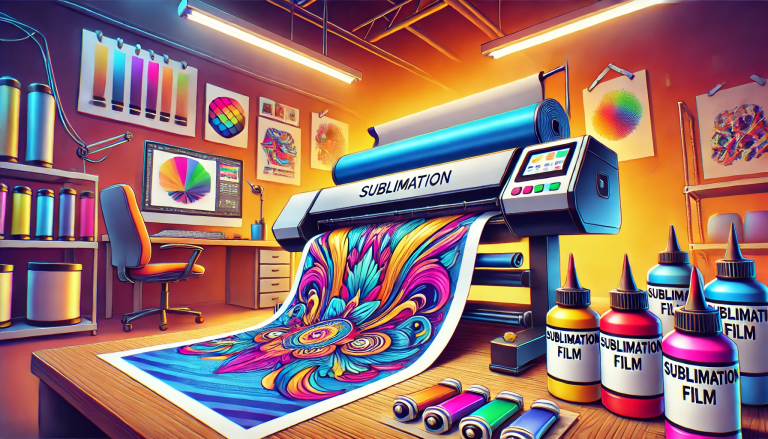“Don’t let Quick Dry Sublimation Transfer Paper printing leave you in the dark – get the transfer you need!” – SUBLIMATIONTRANSFERPAPER – 24inch Inkjet Sublimation Paper Supplier, Industrial Sublimation Heat Paper Manufacturer, Made in China
Quick dry sublimation transfer paper is prized for its efficiency, but non-transfer issues can frustrate creators and disrupt workflows. The core of the problem often lies in mismatched settings, material incompatibilities, or improper handling. Below are the most common causes and actionable solutions to resolve this issue.
1. Incorrect Heat Press Parameters
Temperature, pressure, and time are the “holy trinity” of sublimation, and even minor deviations can block transfer. Quick dry paper requires precise heat to activate ink sublimation—too low (below 350°F/175°C) and ink remains solid; too high may scorch the paper, trapping ink. Insufficient pressure fails to ensure close contact between paper and substrate, while too-short duration leaves no time for ink gas to permeate materials. Always follow the paper manufacturer’s guidelines (e.g., 380°F/193°C for 45–60 seconds for polyester fabrics) and calibrate your heat press regularly.
2. Incompatible Substrate Material
Sublimation ink bonds only with polyester or polymer-coated surfaces. Using quick dry paper on cotton, uncoated ceramic, or natural fibers guarantees poor transfer, as ink has no polymer structure to fuse with. Even blended fabrics (e.g., 50% polyester/50% cotton) will result in faded, patchy prints. Opt for 100% polyester substrates or pre-coated items (mugs, metal plates) to ensure ink embeds permanently.
3. Low-Quality or Mismatched Ink
Quick dry paper relies on sublimation-specific ink—standard pigment or dye-based inks lack the thermal reactivity needed for gas conversion. Using expired or low-grade sublimation ink also causes issues, as its dye particles may clump or fail to activate. Additionally, ensure the ink is compatible with your printer model (e.g., Sawgrass inks for Sawgrass printers) to avoid uneven ink deposition on the paper’s quick-dry coating.
4. Improper Paper Handling and Storage
Quick dry paper’s coating is sensitive to moisture and oil. Storing it in humid environments (above 60% humidity) causes the coating to absorb moisture, leading to ink smudging and incomplete transfer. Handling the paper with oily hands transfers residues to the surface, creating barriers between ink and substrate. Store paper in airtight containers with desiccants and handle only by the edges to preserve the coating’s integrity.
5. Printer Settings and Calibration Issues
Incorrect printer settings can render even high-quality quick dry paper ineffective. Printing on the wrong side (non-coated side) of the paper means ink sits on the unabsorbent base, not the transfer-ready coating. Additionally, using “draft” mode or low ink density reduces ink load, leaving insufficient pigment to transfer. Calibrate your printer to “sublimation mode,” select the correct paper weight (100–120 gsm for most quick dry options), and ensure nozzles are unclogged for even ink distribution.
Conclusion: Troubleshooting Steps for Success
To fix non-transfer issues, start by verifying heat press parameters and substrate compatibility, then check ink quality and printer settings. Finally, inspect paper storage and handling practices. By addressing these key areas, you can leverage the efficiency of quick dry sublimation transfer paper while achieving vibrant, long-lasting transfers every time.



